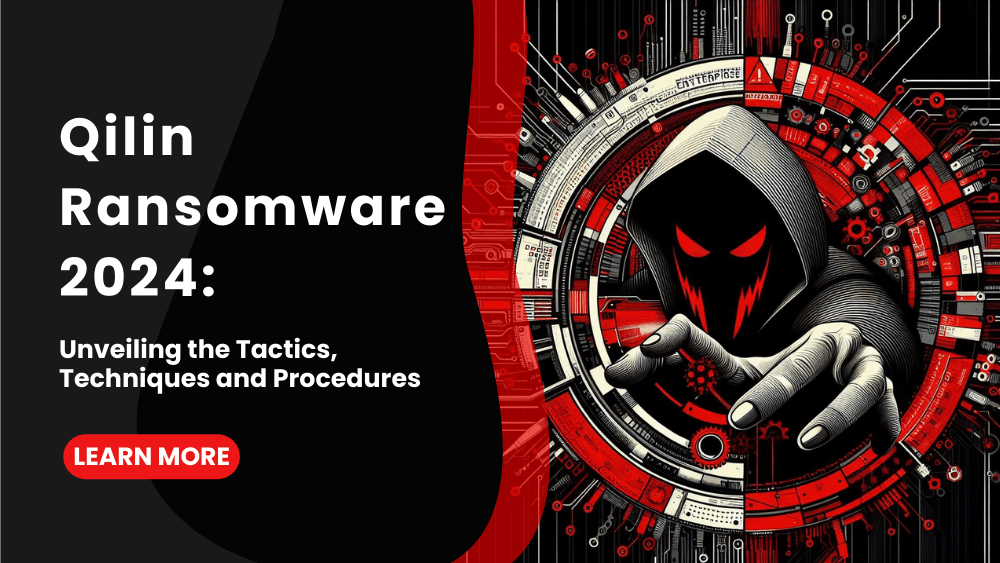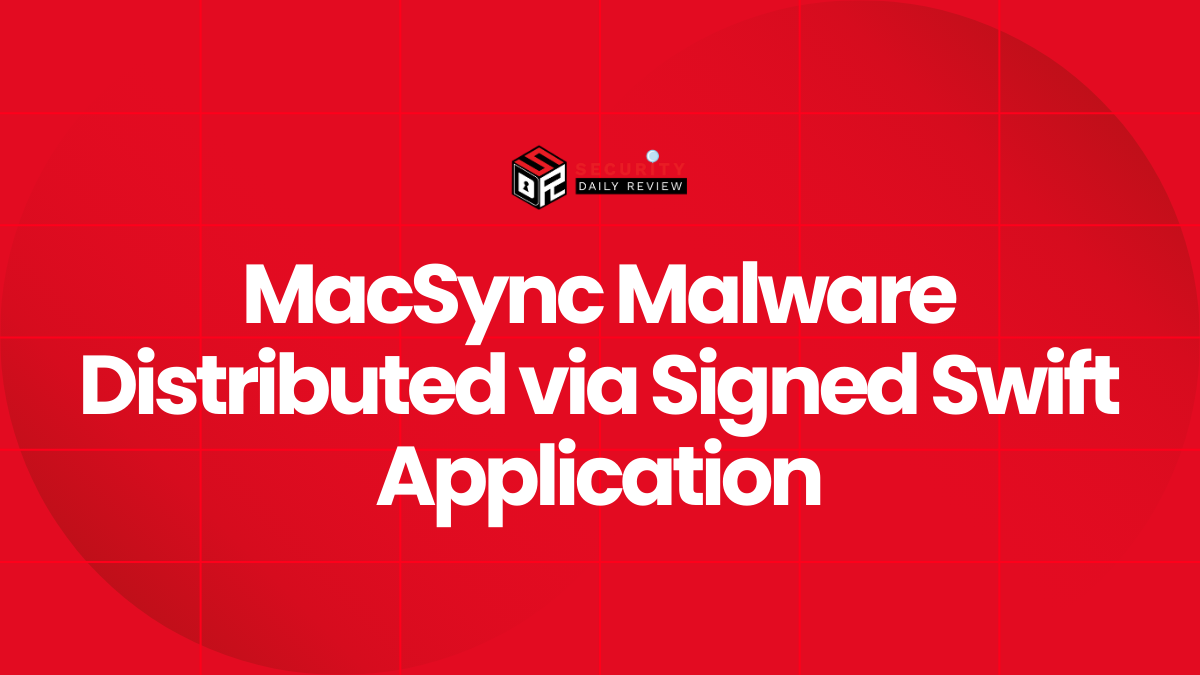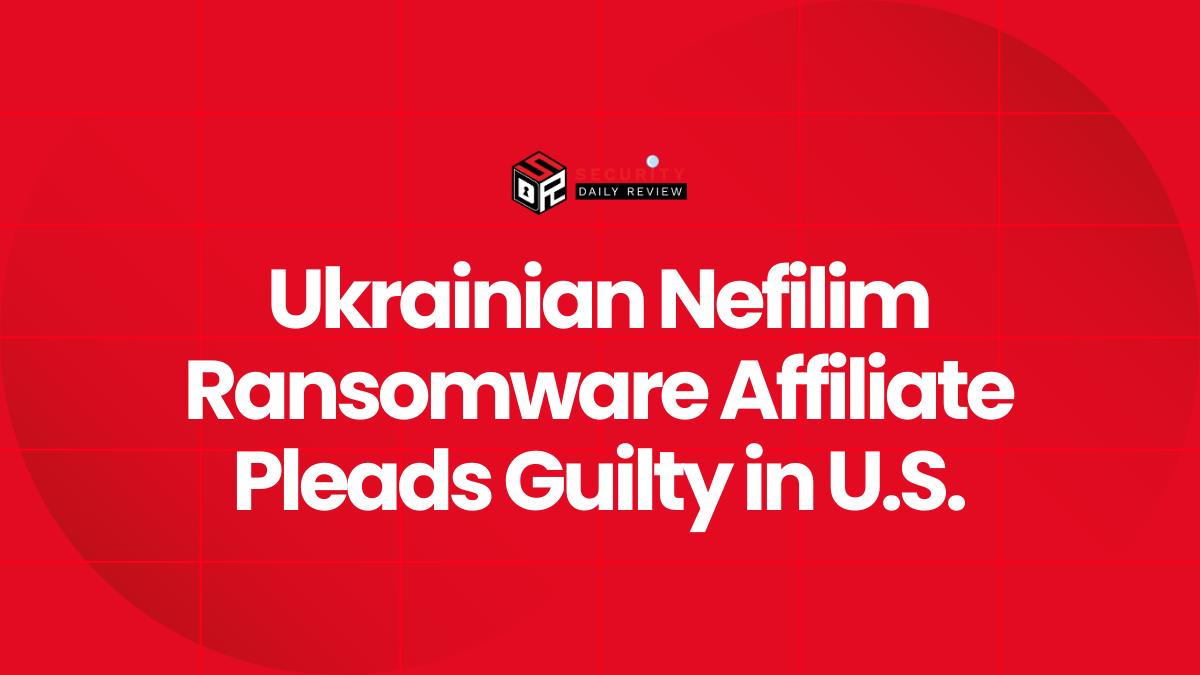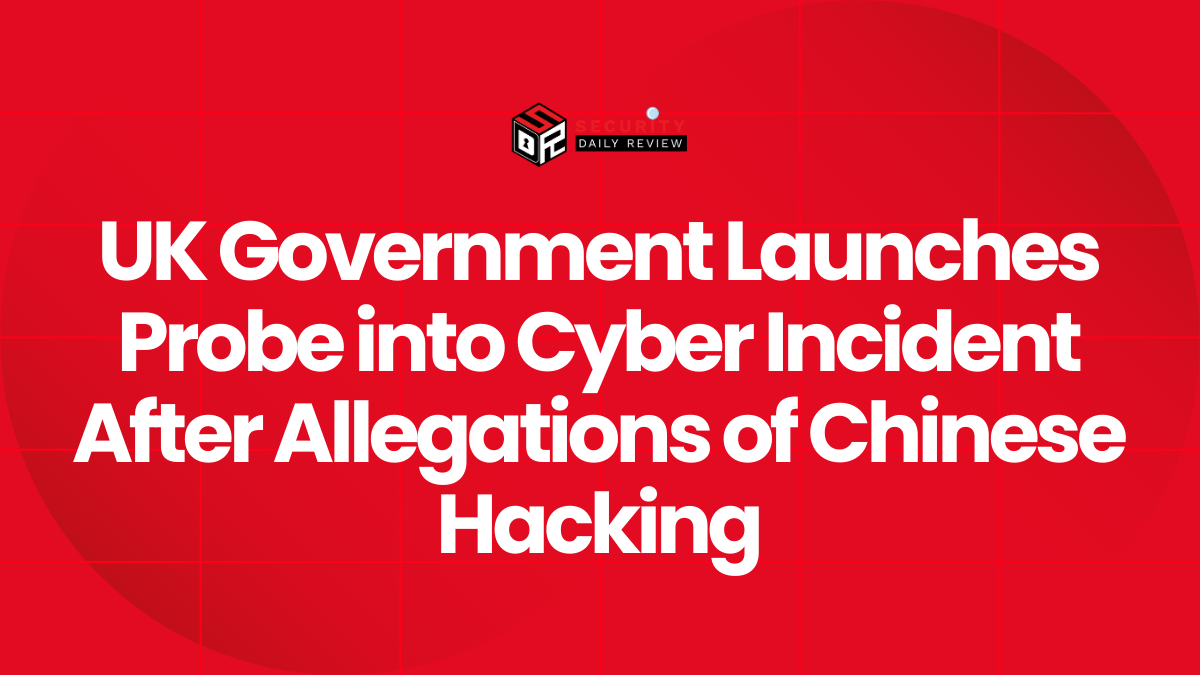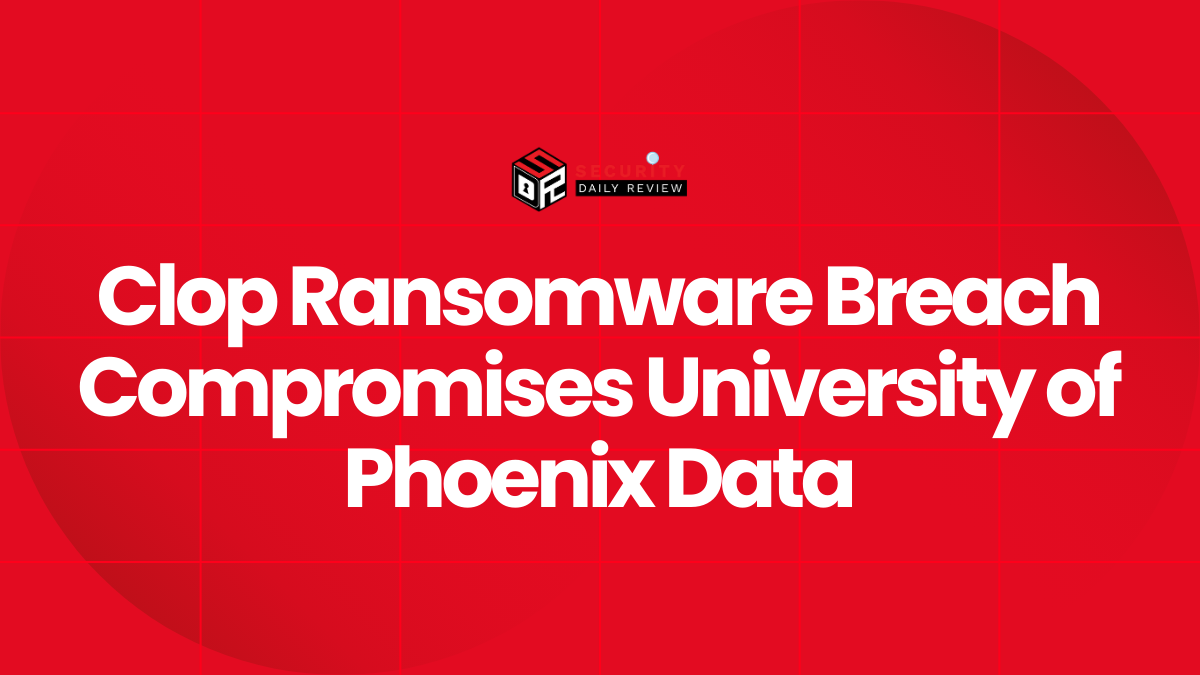Among the various ransomware strains, Qilin Ransomware has gained notoriety for its sophisticated techniques and devastating impact on organizations.
In this comprehensive article, we will delve deep into Qilin Ransomware, exploring its modus operandi, victimology, malware characteristics, and countermeasures that enterprise business can use to protect their organizations.
Qilin Ransomware: Double Extortion Threat with Evasive Rust Malware
Qilin Ransomware operates as an affiliate program for Ransomware-as-a-Service (RaaS), utilizing a Rust-based ransomware to target its victims.
The Rust variant of Qilin Ransomware is particularly effective due to its evasion-prone and hard-to-decipher characteristics, making it easier to customize the malware for various operating systems like Windows, Linux, and more.
Qilin’s Multi-Pronged Attack Strategy Goes Beyond Encryption
Qilin Ransomware employs several tactics to maximize the impact of its attacks. These include altering filename extensions of encrypted files, terminating specific processes and services, and tailoring attacks for each victim.
The ransomware is advertised on the dark web, featuring a proprietary DLS (Darknet Leak Site) that includes unique company IDs and leaked account details. This information, as noted by Group-IB Threat Intelligence experts, adds an extra layer of credibility to the ransom demands.
One notable aspect of Qilin Ransomware is its double extortion technique.
In addition to encrypting the victim’s data, the threat actors also exfiltrate sensitive information and threaten to release it if the ransom is not paid. This tactic adds further pressure on the victims to comply with the demands.
From Ransomware to Reputation Collapse: Qilin’s Double Extortion Tactics
Qilin Ransomware does not discriminate when it comes to its victims. The threat actors target companies across various sectors and countries.
In May 2023, the Qilin DLS contained data from 12 companies in countries like Australia, Brazil, Canada, Colombia, France, Netherlands, Serbia, United Kingdom, Japan, and the United States.
Recent attacks in the United States include Upper Marion Township, Etairos Health, Kevin Leeds, CPA, and Commonwealth Sign.
International targets in 2024 include International Electro Mechanical Services in the US, Felda Global Ventures Holdings Berhad in Malaysia, Bright Wires in Saudi Arabia, PT Sarana Multi Infrastruktur (Persero) in Indonesia, and Casa Santiveri in Spain.
Qilin Malware’s Phishing Web: Infection and Network Movement
Qilin Ransomware primarily targets victims through phishing emails containing malicious links. Once the initial access is acquired, the ransomware moves laterally across the victim’s network, searching for valuable data to encrypt.
During the encryption process, a ransom note is placed in each infected directory, providing instructions on how to purchase the decryption key.
Qilin Ransomware offers customization options, allowing the threat actors to change filename extensions, terminate specific processes and services, and choose from different encryption modes. These modes include skip-step, percent, and fast, providing flexibility to the operators.
A Ghost in the Machine: The Anonymity of Qilin Ransomware and its Affiliates
At present, there are no specific indications of the origin or affiliates of Qilin Ransomware. The threat actors behind Qilin have managed to maintain a level of anonymity, making it challenging to attribute the attacks to any particular group or nation-state.
Multi-Layered Protection: How to Stop Qilin Ransomware in its Tracks
Protecting your organization from Qilin Ransomware requires a multi-layered approach. Here are some essential countermeasures to consider:
- Implement robust email security measures to detect and block phishing attempts.
- Regularly update and patch software and operating systems to address vulnerabilities.
- Deploy advanced endpoint protection solutions that can detect and block ransomware activity.
- Conduct regular backups of critical data and store them in Air-Gapped and Immutable secure cloud environments.
- Educate employees about the risks of phishing and the importance of cybersecurity hygiene.
Spotting Qilin Ransomware: Indicators of Compromise (IoCs)
Here are the Indicators of Compromise (IOCs):
|Type|Value|Last Observation Date|
|SHA256|e90bdaaf5f9ca900133b699f18e4062562148169b29cb4eb37a0577388c22527|Mar 05, 2024|
|SHA256|55e070a86b3ef2488d0e58f945f432aca494bfe65c9c4363d739649225efbbd1|Mar 05, 2024|
|SHA256|37546b811e369547c8bd631fa4399730d3bdaff635e744d83632b74f44f56cf6|Mar 05, 2024|
|SHA256|555964b2fed3cced4c75a383dd4b3cf02776dae224f4848dcc03510b1de4dbf4|Mar 05, 2024|
|SHA256|fd7cbadcfca84b38380cf57898d0de2adcdfb9c3d64d17f886e8c5903e416039|Mar 05, 2024|
|SHA256|76f860a0e238231c2ac262901ce447e83d840e16fca52018293c6cf611a6807e|Mar 05, 2024|
Frequently Asked Questions (FAQs)
Q1: What is Qilin Ransomware?
A1: Qilin Ransomware is a sophisticated strain of malware that encrypts victims’ data and demands a ransom for its decryption. It operates as an affiliate program for Ransomware-as-a-Service (RaaS) and is known for its customization options and double extortion tactics.
Q2: How does Qilin Ransomware spread?
A2: Qilin Ransomware primarily spreads through phishing emails containing malicious links. Once a victim clicks on the link and grants initial access, the ransomware moves laterally across the network, encrypting valuable data.
Q3: What industries are targeted by Qilin Ransomware?
A3: Qilin Ransomware targets companies across various sectors, including financial services, retail, media and gaming, healthcare, government agencies, and oil and gas.
Q4: How can organizations protect themselves against Qilin Ransomware?
A4: To protect against Qilin Ransomware, organizations should implement robust email security measures, regularly update and patch software, deploy advanced endpoint protection solutions, conduct regular backups of critical data, and educate employees about the risks of phishing.
Q5: Are there any known affiliations or origins of Qilin Ransomware?
A5: Currently, there are no specific indications of the origin or affiliates of Qilin Ransomware. The threat actors behind Qilin have managed to maintain anonymity, making it challenging to attribute the attacks to any particular group or nation-state.
Conclusion
Qilin Ransomware poses a significant threat to enterprise businesses worldwide. Its sophisticated techniques, customization options, and double extortion tactics make it a formidable adversary.
Organizations must remain vigilant, implement robust cybersecurity measures, and educate their employees to mitigate the risks associated with Qilin Ransomware.
By staying informed and adopting proactive security measures, businesses can protect their valuable data and minimize the impact of ransomware attacks.
Remember, prevention is always better than cure when it comes to cybersecurity. Stay safe, stay secure!

